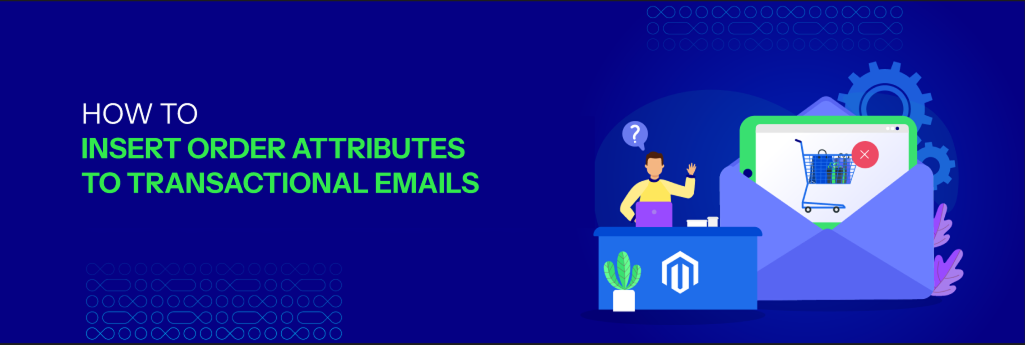How To Add Terms & Conditions in Odoo

With a big catalog of 224+ extensions for your online store
The terms and conditions constitute a legally binding agreement between yourself and the user. Before completing the purchase on your website, the user must indicate that he accepts your terms and conditions in order for the transaction to be completed.
The Terms And Conditions Module for Odoo Website gives you the ability to include the terms and conditions on the order confirmation page. This allows users to see the terms and conditions before moving through with the order.
You will be able to impose some responsibilities on website visitors if you make use of the Odoo Website Terms and Conditions module. Everyone who uses the system is required to comply with and accept the terms and conditions that govern the purchases. That’s why in today’s tutorial, we will show you how to add Terms & Conditions in Odoo. So, let’s dive in!
Why should you add Terms & Conditions on your eCommerce website
The terms and conditions of your website, abbreviated as T&C and also known as “terms of service” or “terms of usage,” constitute a binding legal agreement between your company and the people who access your website. They allow you to exclude people who abuse your site, retain your legal rights against possible site abusers, and perform a variety of other functions.
Although including terms and conditions in the legal material on your website is not required, it is highly advised that you do so in order to protect yourself, your company, and your customers in the event that a legal conflict arises.
Your Odoo website’s Terms and Conditions can be customized by the seller with the help of the Odoo Terms and Conditions Module. On the page when you check out, there is a Terms and Conditions box; if you do not accept these terms, you cannot proceed. A notification will be displayed, and the ability to make a payment will be disabled if the Terms and Conditions are not accepted. Because of this, you can insist that your clients consent to your Terms and Conditions before they place an order with you.
How to add Default Terms & Conditions in Odoo
The Terms and Conditions make it possible for you to safeguard your Odoo website from malicious visitors in an efficient manner. Additionally, it makes it simple for you to store both the content and the design of your website. There are two formats that can be utilized for displaying the Terms and Conditions—both on the current page and in a new window that opens up underneath it.
Step 1: Get familiar with the basic Configuration
You can activate the default terms and conditions by going to Accounting > Configuration > Settings.

It is essential to take note that the settings of the Invoicing app, and not the settings of the Sales app, are used to activate this feature on your device. In addition, it is not necessary for you to install the program for creating invoices because this step is included in the process of installing the application for making sales.
Step 2: Add your DTC on quotations, sales orders, and invoices
You have the ability to input your standard terms and conditions by accessing the Invoicing App’s settings and selecting that option.

They will subsequently be included on each and every sales order, quotation, and invoice.
Step 3: Adjust your DTC on quotation templates
You can specify your terms and conditions on your quotation templates in accordance with the requirements of your organization. If your organization operates under a variety of different terms and conditions, this is an intriguing topic to consider.

Don’t forget to peruse the resources that Odoo compiled on quote formats: Make use of quotation templates in order to become an expert in each phase of this incredible function.
How To add General Terms & Conditions in Odoo
Step 1: Add GTC on your website
Make your own page outlining the terms and conditions of using your website by using the Website App. As an illustration, the terms and conditions page for Odoo is as follows:

In the footer of each of your documents, you may provide a reference to this page. You may access the layout by going to the General Settings and selecting the Business Documents category from there. For instance, this footer is included in each and every document generated by Odoo.
Step 2: Modify GTC as an attachment in your emails
When you are preparing to send your customers an email quotation, you should append an external document that contains your general terms and conditions.

Step 3: Set up GTC as an attachment in your quotation templates
You can specify a default attachment for all quotation emails that you send in the future by creating and editing email templates. This can be done in advance. To accomplish this, navigate to Sales > Configuration > Quotation templates, where you can either make a new quotation template from scratch or make changes to an existing one. You may now activate online signatures and online payments through the confirmation tab. You can also set up a confirmation email in which you have the option to define the default attachment. There is a spot for you to detail the general terms and conditions of use.

To make changes to the email templates that are used for your messages, activate the developer mode and then navigate to Settings > Technical > Email > Templates. Odoo Sales have simplified the process of dealing with terms and conditions.
Wrapping Up
We hope this tutorial will help you understand how to add Terms & Conditions in Odoo. It is crucial to include terms and conditions in order to bring forth important contractual elements between customers and sellers, such as payment terms, limitations on responsibility, and delivery requirements.
Every vendor is required to make a formal announcement declaring all relevant information on items and company policy. On the other hand, before agreeing to anything, every customer must read and understand all of these terms and conditions. When using Odoo Sales, it is quite simple to incorporate your standard terms and conditions into each and every estimate, sales order, and invoice that you are in charge of managing.
Increase sales,
not your workload
Simple, powerful tools to grow your business. Easy to use, quick to master and all at an affordable price.

Recent Tutorials

How to insert Order Attributes to Transactional Emails - Mageplaza
How to add Order Attributes to PDF Order Template - Mageplaza
Setup Facebook Product Feed for Magento 2 - Mageplaza
Explore Our Products:
Stay in the know
Get special offers on the latest news from Mageplaza.
Earn $10 in reward now!





